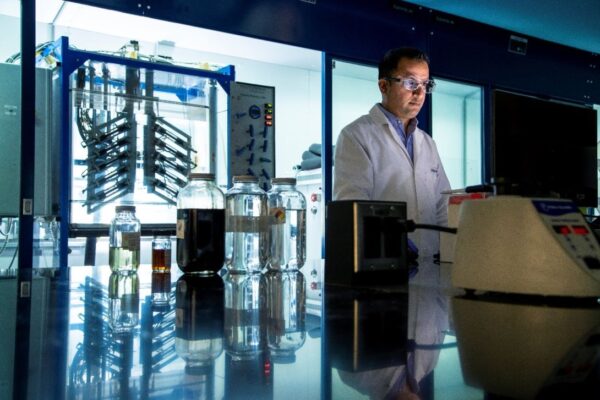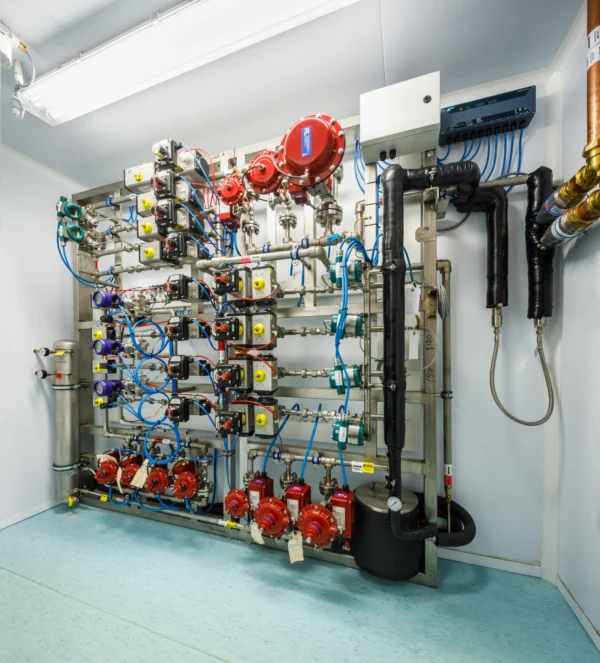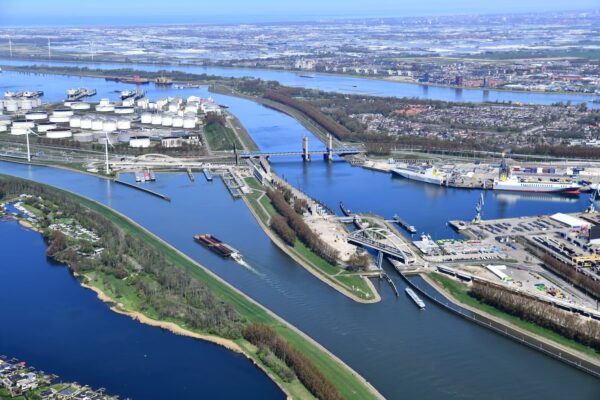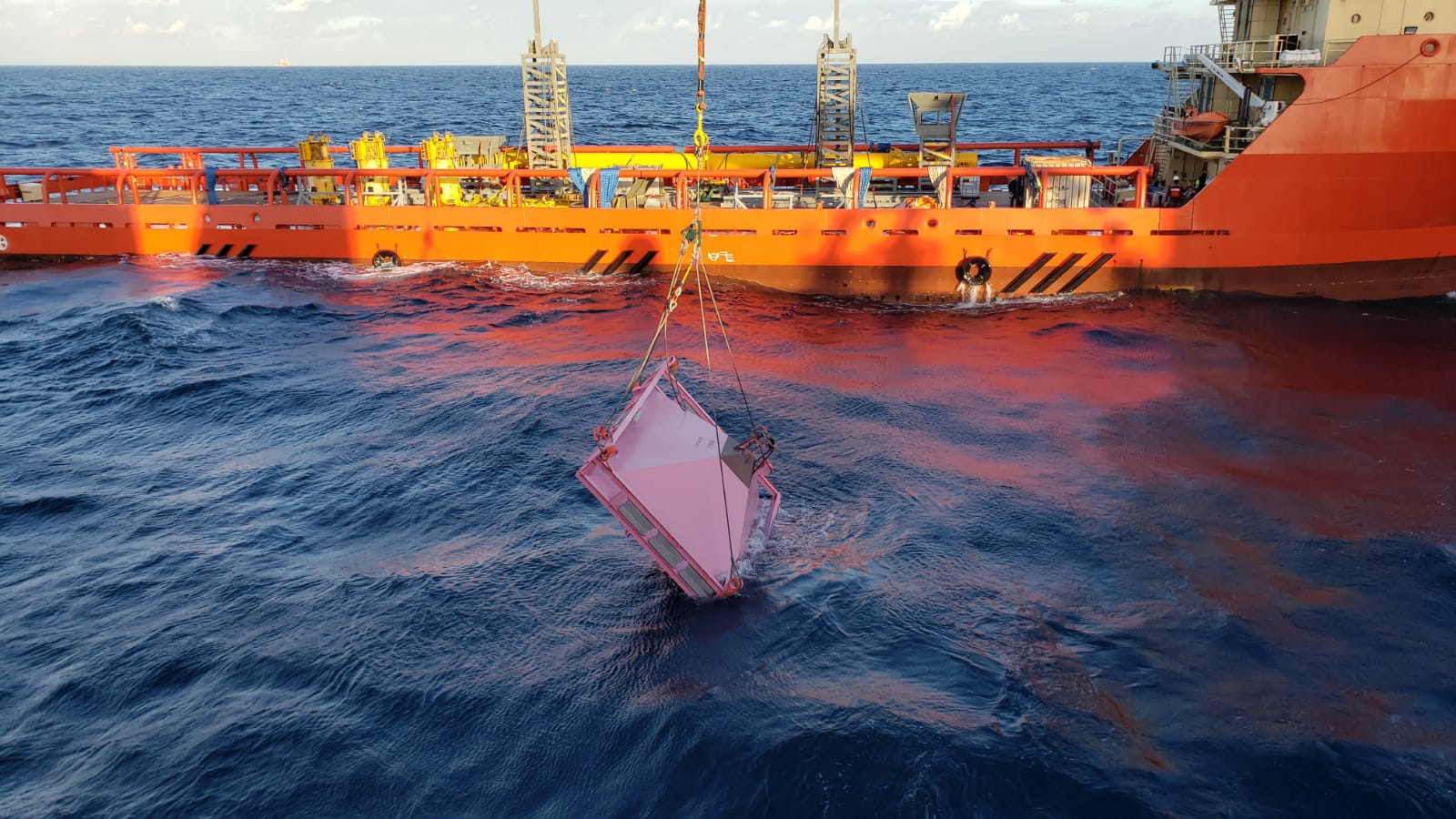
Applying new thinking to subsea monitoring
Passive WellSentinel™ systems deployed to continuously monitor two deepwater christmas trees in the Gulf of Mexico.

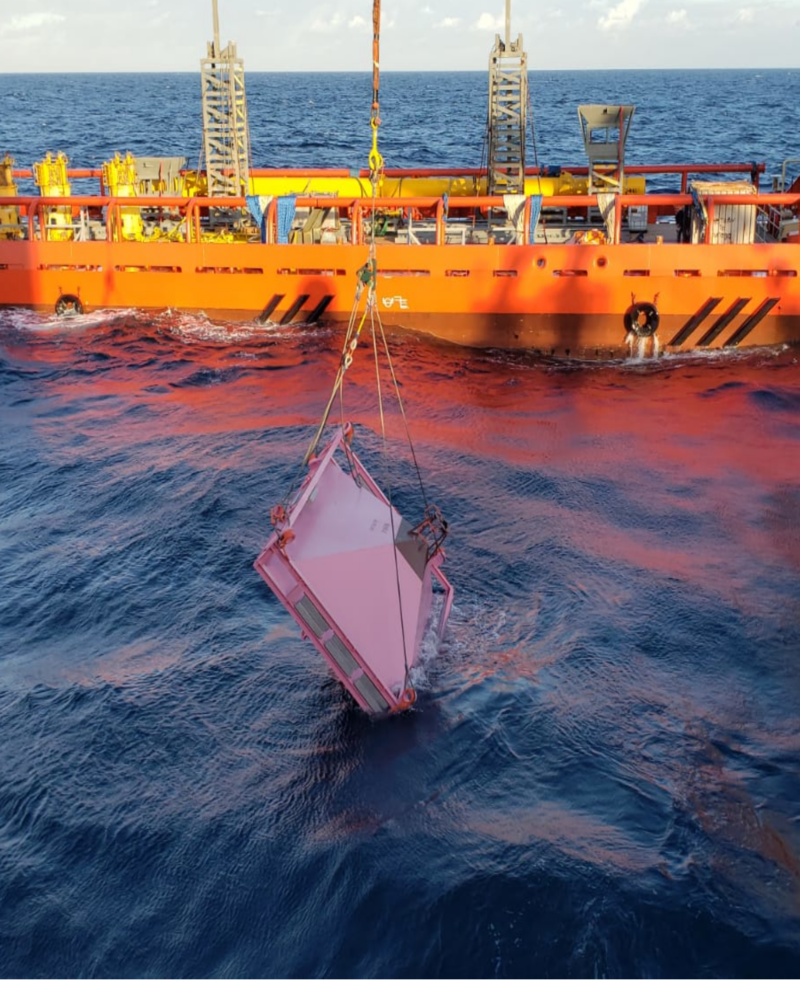
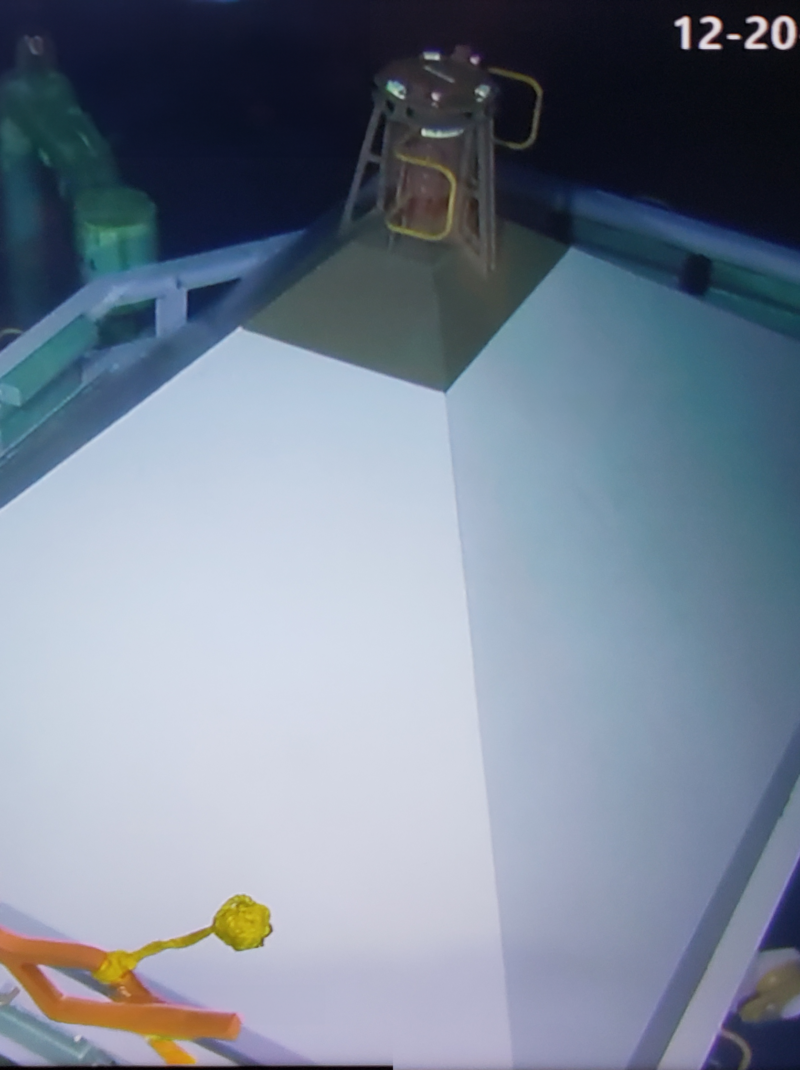
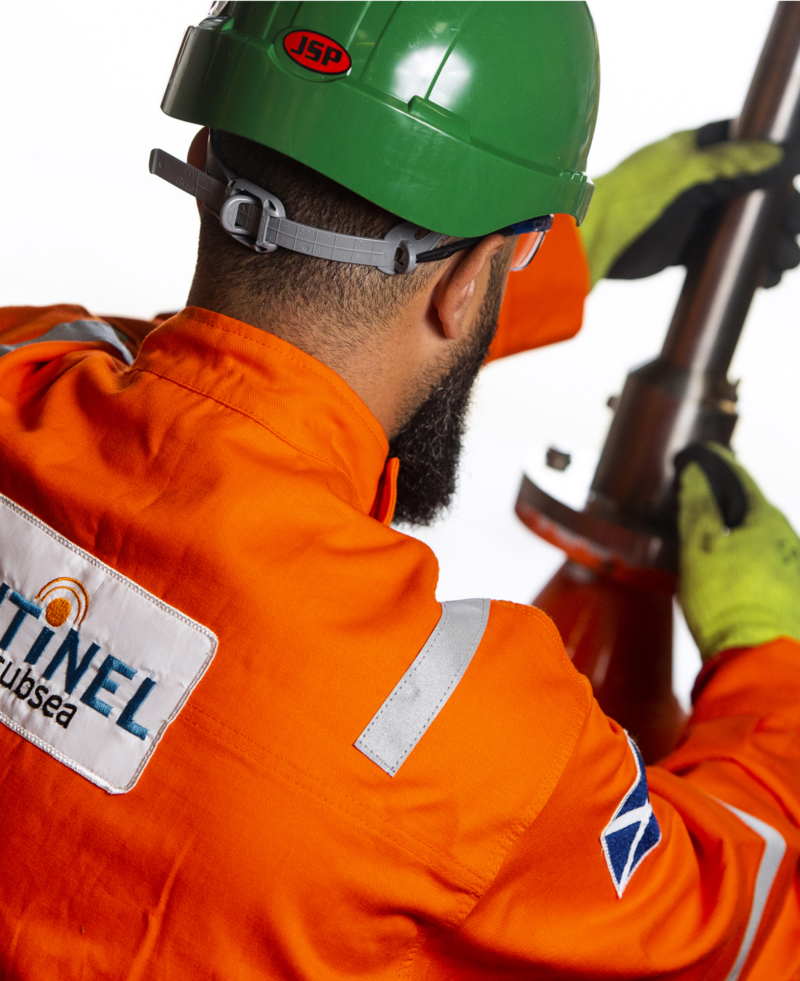

Executive Summary
Helping mitigate the risks associated with challenging subsea operations, Sentinel Subsea (Sentinel) has successfully deployed passive WellSentinel™ Clam systems to monitor two deepwater christmas trees in the Gulf of Mexico. These field proven systems provide the operator with continuous integrity monitoring of the trees, thereby enhancing environmental safety, reducing operational expenditure (OPEX), prolonging asset life, and mitigating unnecessary greenhouse gas (GHG) emissions.
Harnessing natural subsea physics and chemistry, the proprietary passive systems enable remote asset monitoring without a requirement for intervention, active power, or data communication. Should the system’s unique Trigger mechanism passively detect an issue, an Alert Beacon is mechanically released to the ocean surface where an alarm signal is transmitted by satellite and the Operator’s response teams automatically alerted.
The simple-to-deploy nature of the technology adapts to various assets and has been successfully installed to monitor subsea wellheads and christmas trees. Through an ongoing collaboration with Baker Hughes, passive well monitoring technologies are quickly gaining global traction, with systems already delivered to support subsea operations in locations including the North Sea, Gulf of Mexico, Brazil, and Australia.
The continuous monitoring provided by passive technologies supports an operator’s alignment with OEUK Well Life Cycle Integrity Guidelines.

The Challenge
An operator in the Gulf of Mexico required innovative solutions to monitor two producing subsea christmas trees at depths of over 1800m (6,000 feet).
Despite the low probability, the operator’s risk assessment process identified potential difficulties in rapidly detecting low to medium hydrocarbon releases using the existing in-well sensors and routine inspection methods.
Such concerns compromise the As Low as Reasonably Practicable (ALARP) principle, necessitating either complex intervention or a significantly increased vessel-based inspection schedule to monitor the asset.

The Solution
To address this, Sentinel worked with the client to develop and install passive monitoring technology onto the assets. After considering various options, a canopy-style WellSentinel™ Clam system was chosen for deployment.
The successful installation, conducted over a 2-day campaign in December 2023, involved securing the Clam systems directly over the christmas trees’ existing mandrel caps. With a system installation time of 12 hours at each wellsite, the pre-set units were lifted from the deck to the christmas tree by crane wire from a light construction vessel.
With early detection WellSentinel™ technology successfully installed, this dramatically improved response times to an integrity issue, reducing detection periods from days or weeks to hours, thus enhancing the risk management of the assets.
The lower risk profile associated with the equipment enabled the operator to forego the requirement for an increased vessel-based inspection program, reducing personnel safety risks and cutting GHG emissions.

The Benefits
WellSentinel™ technology provides significant cost and environmental benefits:
- Improve detection capability and lower asset risk profile.
- Extend the usable life of the christmas tree.
- Eliminate the need for workover using light well intervention.
- Eliminate the need for increased vessel-based inspections.
- Reduce the commercial and reputational risk of undetected integrity issues.
- Reduce the environmental risk of undetected integrity issues.
- Reduce GHG emissions created via vessel-based inspections.
- Reduce personnel safety risks created via vessel-based inspections.
Find out more:
Contact:


